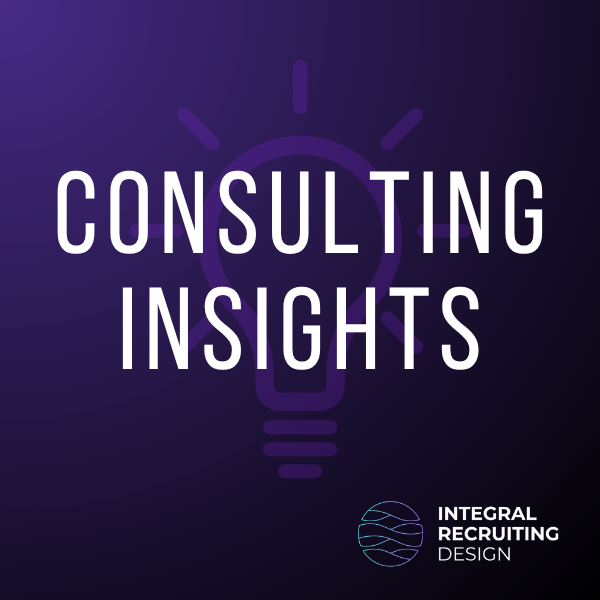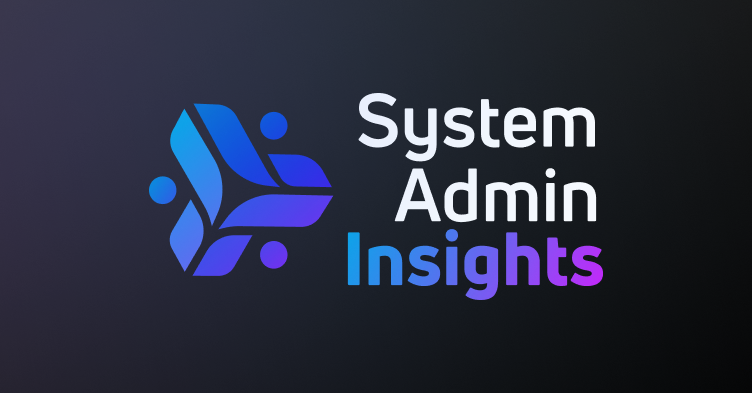Are Your Vendors Ready?
A critical consideration when building an applicant tracking system is vendor readiness. The modern HCM space involves numerous moving pieces, often requiring multiple vendors beyond just the ATS provider.
These vendors may include:
- Background check providers
- Assessment tools
- WOTC processing
- HRIS systems
- Data warehousing solutions
- Payroll systems
- Onboarding platforms
- I-9 verification services
- Business intelligence tools (Power BI)
- CRM systems
- Text or RMS vendors
- Job boards
- Video interview tools
- AI system review tools
What these vendors have in common is their need for implementation resources—someone at their end to activate endpoints or provide necessary credentials. Integration with your ATS may also incur additional costs from the vendor side.
Projects frequently begin without assigned vendor resources, leading to scope creep. Clients sometimes incorrectly expect their iCIMS implementation manager to manage relationships with these third-party vendors. This is not only outside their role but impossible to perform effectively, as they lack established relationships with your vendors.
Remember: Your vendors are contractually obligated to work with you, not the ATS provider. Designate a project lead to manage interactions between your vendors and the iCIMS implementation team.
What Type of Integrations Are You Building?
Start any integration process with a clear understanding of the integration type. There are three basic categories with several variations:
Flat File
This is the workhorse of integrations—reliable and consistent, though limited. Flat files operate on schedules and are restricted to what can be retrieved through the reporting engine. For example, when integrating with iCIMS, flat files cannot pull audit history because this data isn’t available in the search engine. If such data is crucial to your processes outside the ATS, you’ll need to build an API integration.
Legacy or REST API
API integrations offer real-time data exchange and access to a broader range of information compared to flat files. REST APIs have become the industry standard due to their flexibility and scalability. They allow for bidirectional communication between systems, enabling more complex workflows such as triggering background checks automatically when a candidate reaches a certain stage or updating candidate status across multiple systems simultaneously.
Implementation requires technical expertise and often involves security considerations like OAuth authentication and API key management. While more powerful than flat files, API integrations require more maintenance and monitoring to ensure continued functionality, especially when vendor systems are updated.
Data Stream
Data streaming provides continuous, real-time data flow between systems. Unlike scheduled flat files or request-based APIs, data streams push information as events occur. This integration type is particularly valuable for high-volume recruiting environments where immediate data synchronization is critical.
Data streams typically utilize technologies like Kafka, RabbitMQ, or cloud-based event hubs to manage the flow of information. They require substantial technical infrastructure but provide the most current view of your recruiting data across all integrated systems.
Are Your Internal Resources Ready?
Another common obstacle in integration projects is the lack of internal resource readiness at the project start date. IT resources are often needed to whitelist IP addresses, provide SFTP credentials, or connect API middleware for certain integrations. Failing to engage these resources when signing the Statement of Work can delay your go-live date. These teams typically work in sprints planned weeks in advance.
Other frequently overlooked internal resources include payroll and HRIS management teams. These stakeholders are essential in ensuring the data framework forming the backbone of your new ATS is properly configured for all future practices.
Data Migration
Successful iCIMS implementation often requires migrating existing candidate and job data from legacy systems. This process demands careful planning and execution to ensure data integrity and compliance with various regulations.
Key Data Migration Considerations:
- Data Mapping: Create comprehensive mappings between old and new systems, accounting for differences in field names, data types, and structure.
- Data Cleansing: Use the migration as an opportunity to cleanse outdated or redundant data. Establish clear rules for what data should be migrated versus archived.
- Compliance Requirements: Ensure your data migration plan addresses retention requirements under relevant regulations like GDPR, CCPA, or industry-specific mandates.
- Historical Data Access: Determine how users will access historical data that may not fit into the new system’s structure. This might require maintaining read-only access to legacy systems for a transitional period.
- Testing Protocol: Develop a robust testing plan that validates data integrity across sample sets before committing to full migration.
- Rollback Strategy: Create a contingency plan allowing you to revert to pre-migration state if critical issues arise during the transition.
Job Profile: The Foundation of Everything
When implementing an applicant tracking system, you’ll encounter consistent competing priorities. The needs of HR and the onboarding process may seem at odds with talent acquisition’s hiring and sourcing requirements.
Engaging the right stakeholders during the design stage is crucial. This phase defines system functionality and can prevent excessive reworking and failures during unit testing. Despite working with numerous processes and system solutions, I’ve found that the relationship between HRIS and ATS and the data both need to function successfully doesn’t have to be fraught with friction.
If all parties focus on the end goal a seamless transition for candidates from initial contact to hire, along with a positive stakeholder/user experience an efficient process design is achievable.
Key Considerations:
- Data Harmonization: Ensure job profile data elements align between ATS and HRIS systems. Fields like job codes, titles, locations, and departments should use consistent taxonomies to prevent data translation issues.
- Workflow Design: Create clear handoff points between recruiting and HR processes. Define precisely when a candidate becomes an employee in your systems and which data points trigger subsequent workflows.
- Field Ownership: Establish which system serves as the “source of truth” for each data element. Typically, the ATS governs candidate-related information, while HRIS manages employee data.
- Compliance Mapping: Identify how compliance-related information (EEO, OFCCP, etc.) will flow between systems to maintain proper reporting capabilities without redundant data entry.
- Change Management: Develop a training strategy for both talent acquisition and HR teams to understand how their actions in one system impact data availability in connected systems.
- Integration Governance: Establish a cross-functional team responsible for reviewing and approving changes to the integration framework as business needs evolve.
- User Experience Continuity: Design integrations that maintain a consistent experience for hiring managers who may interact with both systems during the candidate-to-employee transition.
- Scalability Planning: Build job profiles with future growth in mind, incorporating flexibility for new locations, departments, or job classifications that may emerge as your organization evolves.
- Reporting Synergy: Ensure that metrics important to both HR and recruiting can be accurately compiled across integrated systems, particularly for time-to-fill, quality of hire, and retention analytics.
- Security and Access Control: Define appropriate permission structures that protect sensitive candidate and employee information while enabling necessary workflow visibility between teams.
By addressing these considerations early in your implementation process, you’ll create a foundation for successful iCIMS integration that serves both immediate operational needs and long-term strategic HR objectives.


